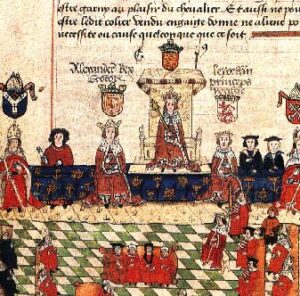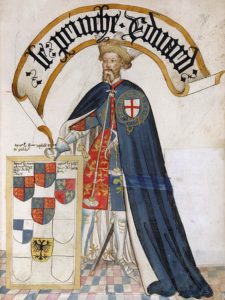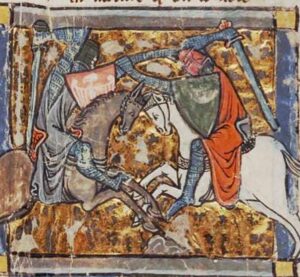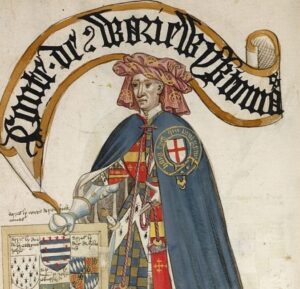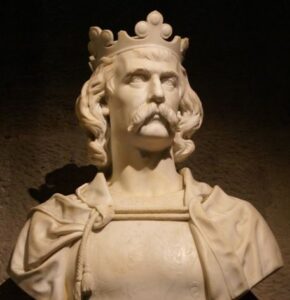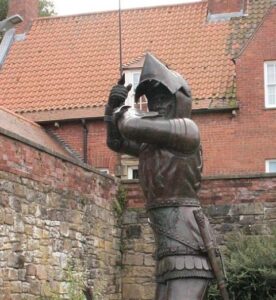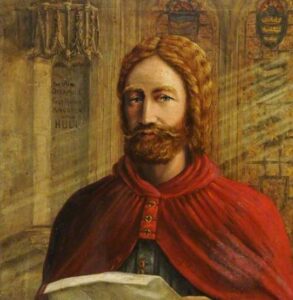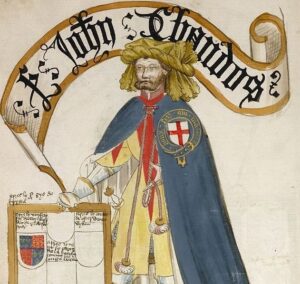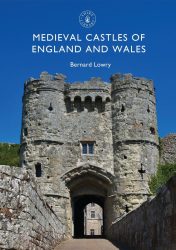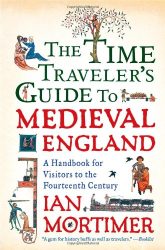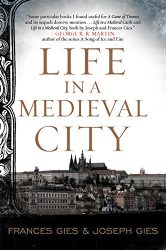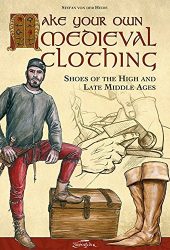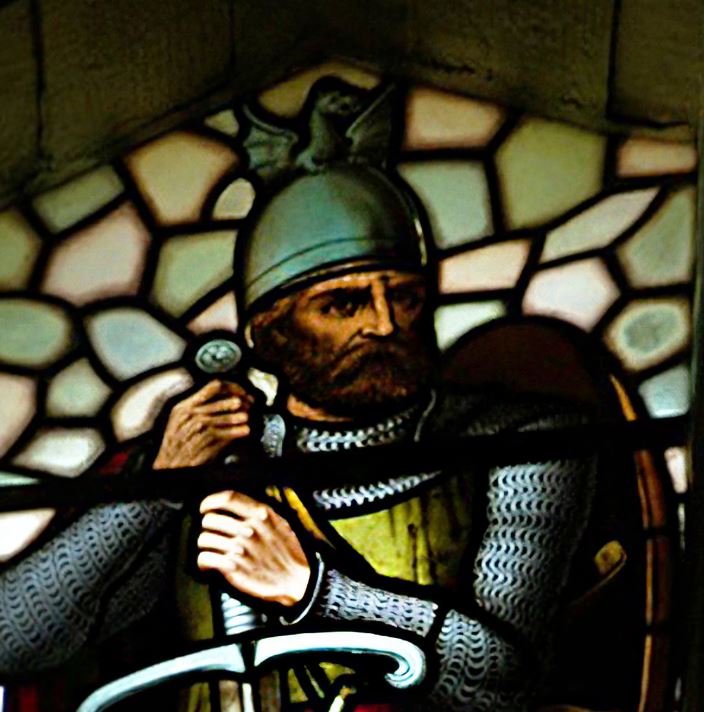
William Wallace, a seminal figure in Scottish history, commands reverence as a symbol of resistance against English oppression during the Wars of Scottish Independence. Born around 1270, Wallace emerged from humble beginnings to become a symbol of Scottish resistance.
Who Was William Wallace?
Wallace’s defiance was sparked by personal tragedy when English soldiers killed his wife in 1297. This ignited his fervour for Scottish independence. Leading a ragtag army, Wallace scored early victories against English forces, inspiring his compatriots with his bold leadership and tactical brilliance.
His crowning achievement came in 1297 at the Battle of Stirling Bridge, where he orchestrated a stunning victory over a much larger English force. Wallace’s military prowess and strategic acumen solidified his status as a national hero.
However, Wallace’s triumph was short-lived. Betrayed and captured by English forces in 1305, he faced a gruesome execution, enduring torture and a brutal death. Yet, his sacrifice galvanized Scotland’s determination to fight for freedom.
Though Wallace’s life was cut short, his legacy endured, immortalized in legend and literature. Revered as a symbol of Scottish defiance and resilience, William Wallace remains an enduring emblem of Scotland’s quest for independence.
More Medieval Knights
Medieval knights were central figures in the feudal societies of Europe during the Middle Ages, typically belonging to the nobility and trained in the art of warfare from a young age. Clad in armor and mounted on horseback, knights epitomized the ideals of chivalry, honor, and bravery.

